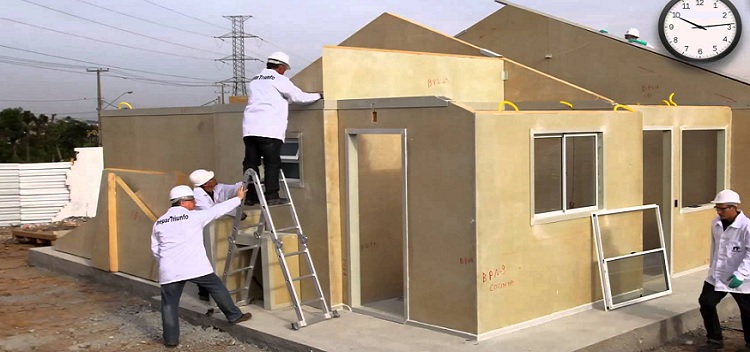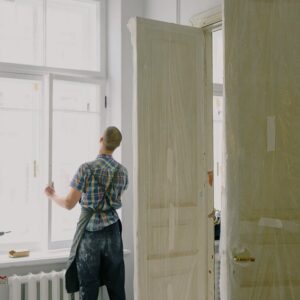House construction has dramatically changed in the last few decades. The basic principles may be the same, but it’s the details and new solutions that make a huge difference. Companies like Home Nation are constantly on the lookout, tracking the latest trends in the industry and implementing new solutions to stay on top.
One of the biggest advancements in house construction is the introduction of energy-efficient technologies. By choosing right materials and components that cost less yet provide more insulation and protection, homeowners can save money both during and after construction.
Solar power has also found its way into the industry. By taking energy from the sun to heat water or even generate electricity, one can dramatically reduce carbon footprint and slightly lower his monthly energy expenses. Although relatively easy to install and maintain, solar panels are only viable if used in areas with lots of sunshine, which is their biggest drawback.
Another great innovation is the introduction of new materials used both for walls and roof. Some types of walls now come with layers of insulation, combining plywood, metal, cement and polystyrene foam to prevent outside air, noise and insects from finding their way inside. This technique is called Insulated concrete form and has been proven to save 70% more energy than homogeneous walls. On top of that, it is fire resistant and can withstand 200 mph winds, meaning that it can be implemented even in seismic and hurricane-prone areas. Due to its modular design which allows it to expand or compress, it is also ideal for climates with significant daily temperature variations.
However, some folks don’t want to settle down with synthetic materials and instead prefer natural ones such as timber. In the last couple of years, there has been a growing demand for log houses in USA and Canada as more and more people realize their potential and advantages.
Made out of organic compounds with lots of trapped air molecules between them, timber has impeccable insulation properties and formidable structural integrity because of its elasticity. It is also a good choice when it comes to aesthetics, since it fits with all architectural styles and materials. Unlike modern synthetic materials, timber is naturally resistant to daily temperature variations and sunlight. However, it does require some level of preparation and maintenance. Impregnation during production and occasional smearing every few years will ensure its durability and resistance to even the worse conditions and insects. There are also several techniques used to make it fire resistant, such as charring or applying fire retardants.
Timber is also the number one material when it comes to ecology. Although made out of cut trees, using timber for home construction actually helps the environment. Timber is the only construction material that is carbon-neutral, meaning that it does not release any carbon into the atmosphere while being produced and used in a house. Furthermore, unlike synthetic materials which are usually thrown away or destroyed using dirty technologies, when timber is taken out of service, it can be processed into plywood panels or sawdust, which can further be used for a variety of functions.
Taking all this into account, it is easy to see why timber has been the favorite construction material in the past, and why it will probably remain so in the future.




